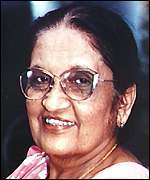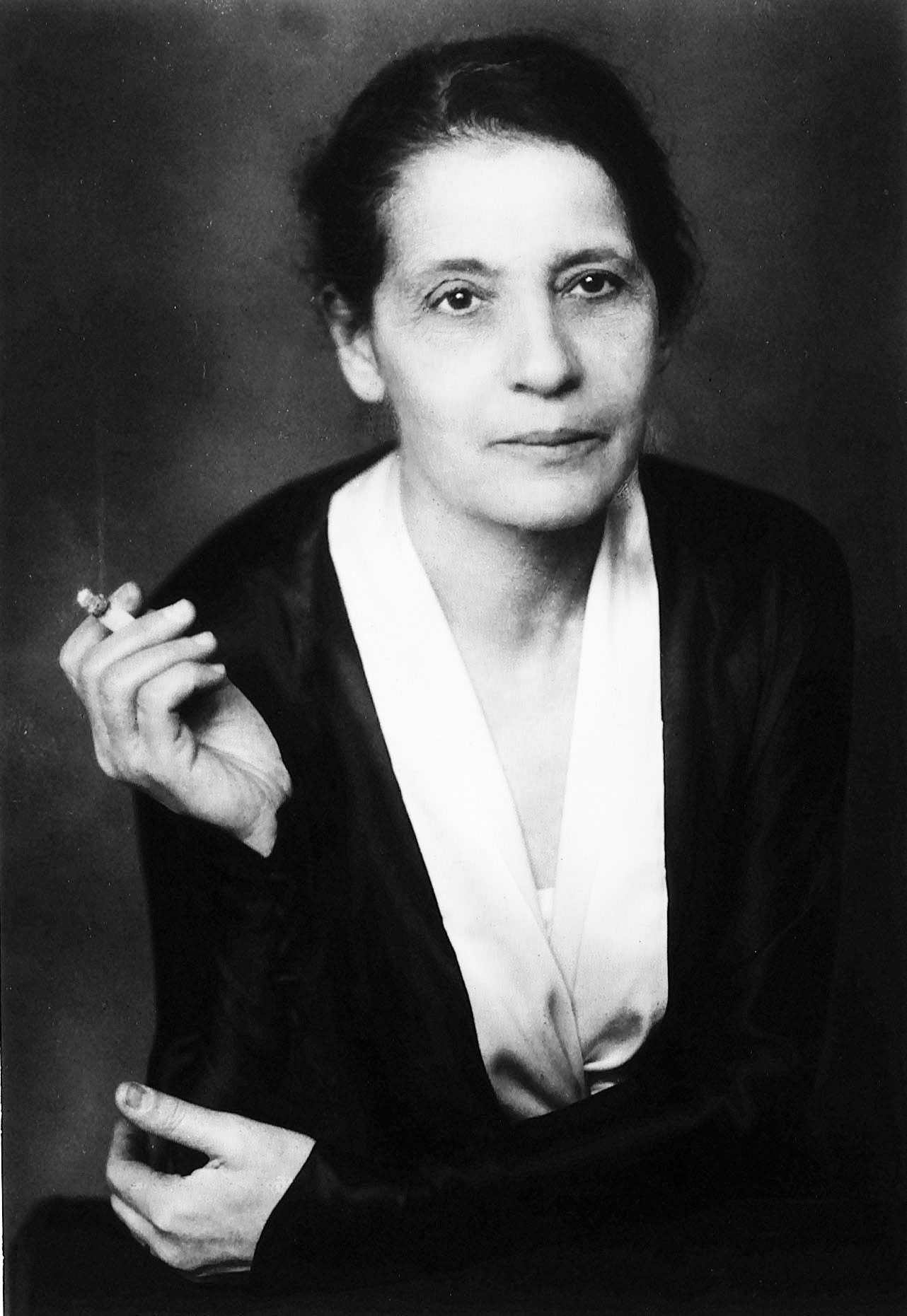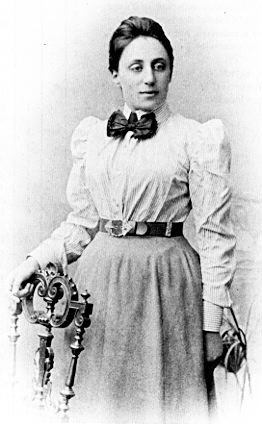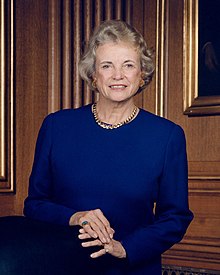
(1788-?) Sacagawea is most well known as a Native American woman who was asked to accompany the famous Lewis and Clark expedition from 1804-1806 of the Western United States. She was their guide and interpreter as they trekked from North Dakota to the Pacific Ocean. As a young girl about 12 to 14 years of age, Sacagawea was taken captive by the Hidatsa Indians. She married the French-Canadian guide and interpreter Toussaint Charbonneau in her late teems and when he was hired by the Lewis and Clark Expedition, she also came along as legend says. Her name means Bird Woman or White Bird Woman.
Sources: Oregon Blue Book and PBS








